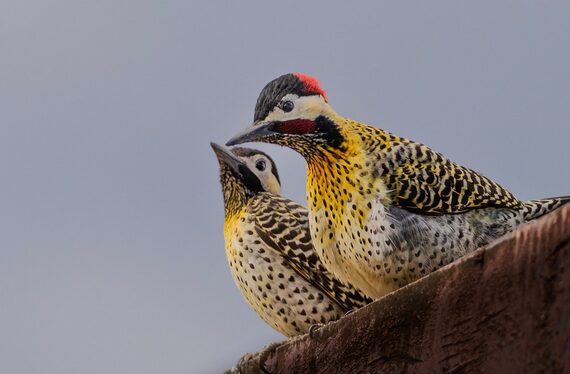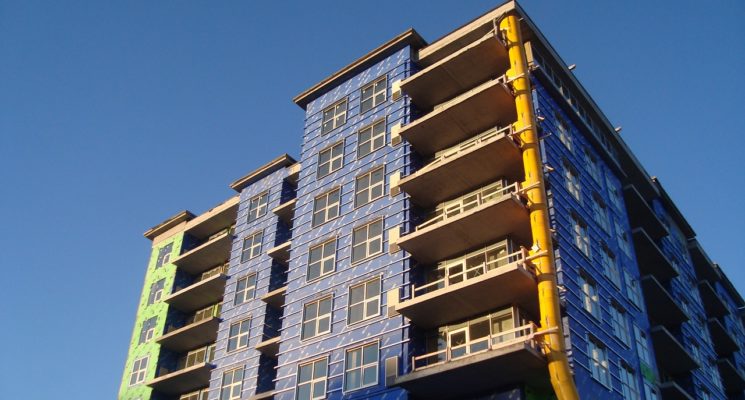Have you ever been woken up by the relentless tapping of a woodpecker on your home’s stucco exterior? Did you just notice some unsightly holes and damage to your stucco? It can be both annoying and concerning. But why do these persistent birds target stucco in Canada? If you’ve just moved to Calgary and are dealing with this issue, you may be wondering what’s causing it and how to prevent it.
The damage caused by woodpecker activity on stucco is a common problem in Canada, particularly in the prairie provinces. This can result in unsightly holes, cracks, and other damage to your stucco exterior. If not addressed in a timely manner and replaced with the best woodpecker-proof stucco, this issue can get out of hand before you notice and lead to further structural issues and costly repairs.
To understand why woodpeckers target stucco in Canada, we need to look at their behavior and the characteristics of stucco. Here, we’ll also provide you with the best solutions to prevent and repair woodpecker damage to your stucco.
Foraging for Insects

Woodpeckers are not just drumming on your stucco for fun; they have a purpose in mind. One of the main reasons woodpeckers target stucco is foraging for insects. These industrious birds have a keen sense of hearing and can detect insects hiding beneath the surface of your home’s exterior. The rhythmic pecking allows them to locate their next meal without much effort.
Insects like ants, beetles, and termites often make their homes behind stucco walls, providing woodpeckers with a bountiful buffet. By tapping on the surface, woodpeckers can dislodge these hidden pests and feast on them. So, you can call a pest control company to get rid of the insects. If you’re on a budget, you can try DIY methods like using insecticidal sprays, traps, and sealing cracks and gaps where insects may enter. These measures will not only address the woodpecker problem but also prevent further insect infestations.
Creating a Nesting Site

These birds often peck at the exterior of buildings to carve out a cozy space to lay eggs and raise their young. The process of excavating a nesting site can cause serious damage to stucco surfaces, leading to costly repairs for homeowners. This behavior may seem destructive, but it’s essential for the survival of woodpeckers as they seek shelter and protection from predators while raising their chicks.
The best way to prevent your stucco from becoming a potential nesting site is to replace damaged areas as soon as possible. The best material for this is woodpecker-proof stucco, which can be found at your local home improvement store. If the damage is severe, it’s best to call a professional to repair and reinforce the affected area.
Searching for Resonance
In addition, woodpeckers also have a unique way of communicating and attracting mates by drumming on surfaces to create sound signals that resonate within their environment. When searching for resonance, woodpeckers are drawn to materials that produce a specific pitch or tone when they peck at it. Stucco, with its composition of cement, sand, and water, may offer the right level of density and texture for woodpeckers to generate the desired sound. This behavior is not just about making noise; it serves a purpose in the woodpecker’s instincts and communication methods. Replacing your exterior wall materials is the best way to fix it.
If you notice woodpecker activity on your stucco walls, it’s essential to take action promptly. While there are DIY methods available to deter woodpeckers, hiring a professional stucco-repairing service is often the most reliable solution. These experts have the knowledge and tools needed to repair any damage caused by woodpeckers and can help protect your home from future attacks.…






 as to deal with different kinds of people like tenants, insurers, and landlords. Good communication skills mean, he should be equally good at both speaking and listening.
as to deal with different kinds of people like tenants, insurers, and landlords. Good communication skills mean, he should be equally good at both speaking and listening. details
details